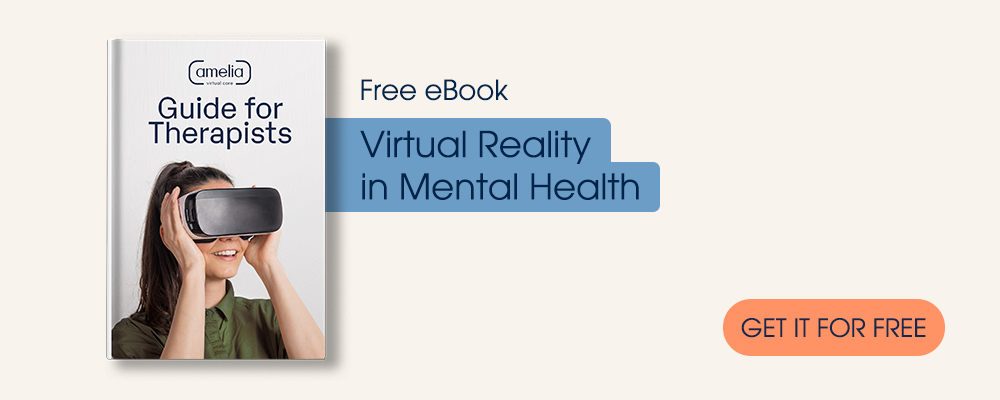Whether disrupting work and school routines or raising anxiety levels, the COVID-19 pandemic managed to upheave our lives in ways unimaginable. Only now are many societies beginning to feel a sense of normalcy, with most populations vaccinated and almost all restrictions lifted.
However, we may not be in the clear just yet.
The stress caused by the health crisis has impacted sleeping patterns for many individuals. The loss of sleep has become so serious that many do not refer to it as a mere case of insomnia but instead, coronasomnia.
In today’s post, we will look at this widespread issue and what it means for overall physical and emotional well-being. We will also provide some tips to stop the tossing and turning in bed and promote a good night’s rest.
What is coronasomnia?
Coronasomnia or covidsomnia refers to the heavy lack of sleep caused primarily by physiological and psychological factors related to the COVID-19 crisis. For example, when the pandemic began, companies forced many employees to leave the office and continue performing tasks from home. This shift in settings created stress and anxiety for many individuals, with opportunities to interact becoming both minimal and virtual, and home spaces unprepared for work, e.g., a simultaneous need to care for children or other family members.
While coronasomnia is not an official medical condition, it does raise concerns about its impact on physical and emotional health over time.
Respecting circadian rhythms in the body is extremely important. These natural and internal processes regulate human cells and influence aspects like eating, digestion and immune response. When a person does not receive the recommended amount of sleep on a daily basis, they run the risk of experiencing long-term adverse events, including the development of psychiatric disorders and high blood pressure.1,2
In coronasomnia, individuals may experience intense or extremely vivid dreams that could contribute to stressed waking hours.
How does coronasomnia develop?
Coronasomnia occurs through a series of vicious cycles at play. In other words, insomnia will perpetuate itself so that anxiety increases due to the lack of sleep and sleep loss becomes more prevalent due to the heightened apprehension.
Compounding the effects of this particular cycle is also the well-intentioned yet counterintuitive efforts to combat fatigue. If a person takes a daytime nap or drinks an extra glass of wine, sleep problems could increase and continue disrupting routines. Poor sleep and high-stress levels can also result in weight gain and, in turn, cause reflux issues throughout the night.
Indeed, the culmination of different factors will influence the amount of good sleep obtained.
In a study published in the British Medical Journal Nutrition, Prevention & Health, investigators found that among healthcare workers, every1-hour increase in the amount of time spent asleep at night was associated with a 12% lower probability of COVID-19 infection occurring.
Is insomnia a symptom of COVID-19?
The Centers for Disease Control and Prevention (CDC) does not list insomnia as a common symptom for COVID-19. While individuals with post-COVID may experience trouble sleeping and have reported insomnia, the sleeping disorder may be due more to pandemic-related stress than the condition itself.
How can I get better sleep at night?
- Create a routine and commit. Establishing a time to wake up and go to bed every day can help the body prepare to wind down and get a good night’s rest. To increase your chances of falling asleep more quickly, think of a relaxing bedtime routine that includes perhaps sipping a cup of caffeine-free tea or reading a book.
- Be active throughout the day. Moderate aerobic activities like jogging could help you fall asleep faster and stay asleep, too. Exercise can also help lower stress levels.
- Limit the use of electronic devices an hour before bed. Using cell phones or computers before bed can make going to bed a challenge. The blue light emitted from these devices can affect your body’s ability to secrete melatonin, a natural hormone that induces sleep. If you must use your electronic device, switch the screen settings to a warmer color and dim the lighting.
- Consult a specialist. If you are experiencing high levels of stress or anxiety, take time to look for a mental health professional. Cognitive-behavioral therapy is an evidence-supported and well-known therapeutic approach for people with anxiety, stress, or insomnia problems. A mental health professional can provide coping mechanisms and support techniques to help you manage stressful or worrying situations.
As Amelia, we use cognitive-behavioral therapy in our virtual reality platform and tools for patients with different mental conditions. If you’re curious to discover how technology and psychology come together to support mental health care, contact us! We would be glad to set up a demo session with you.












